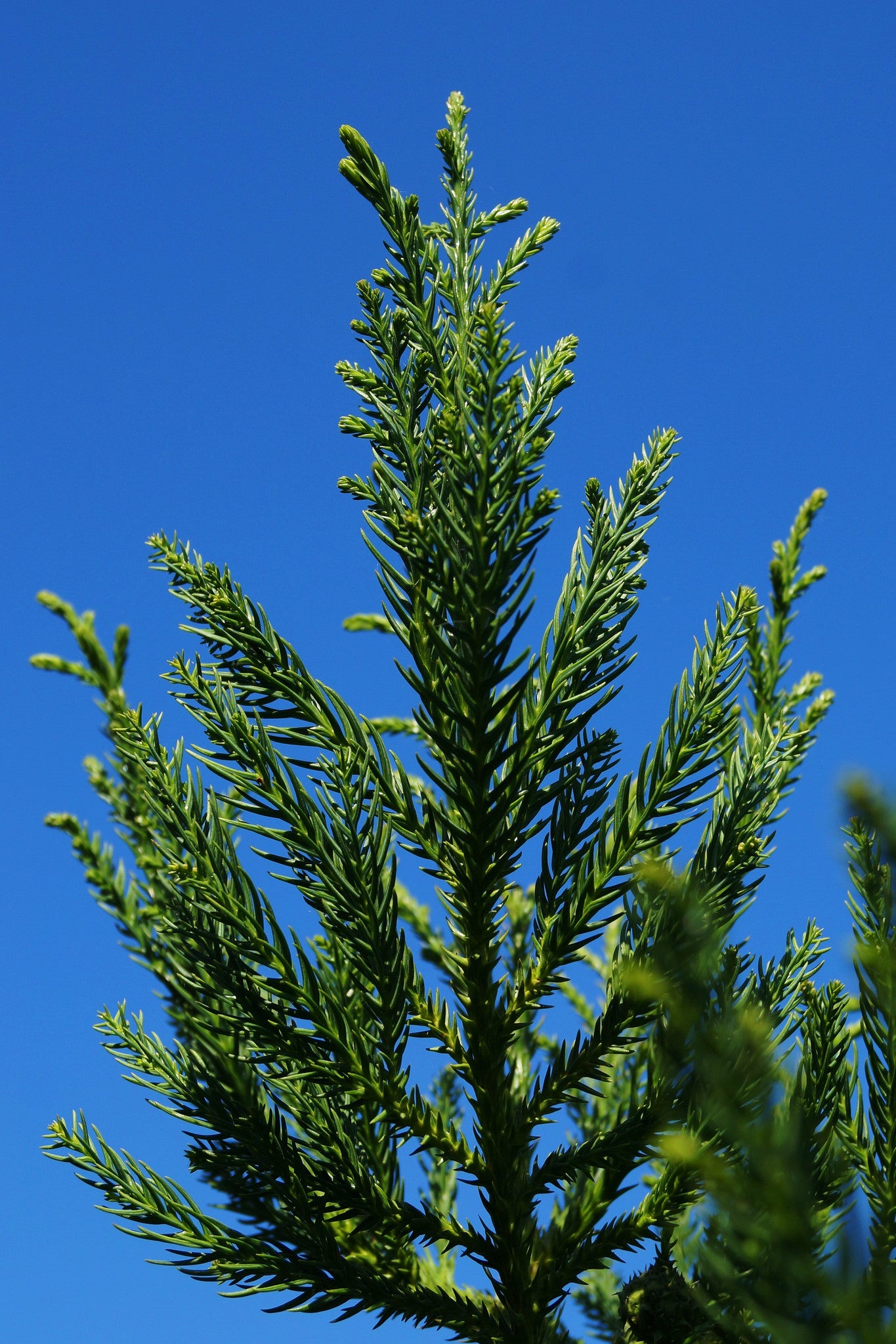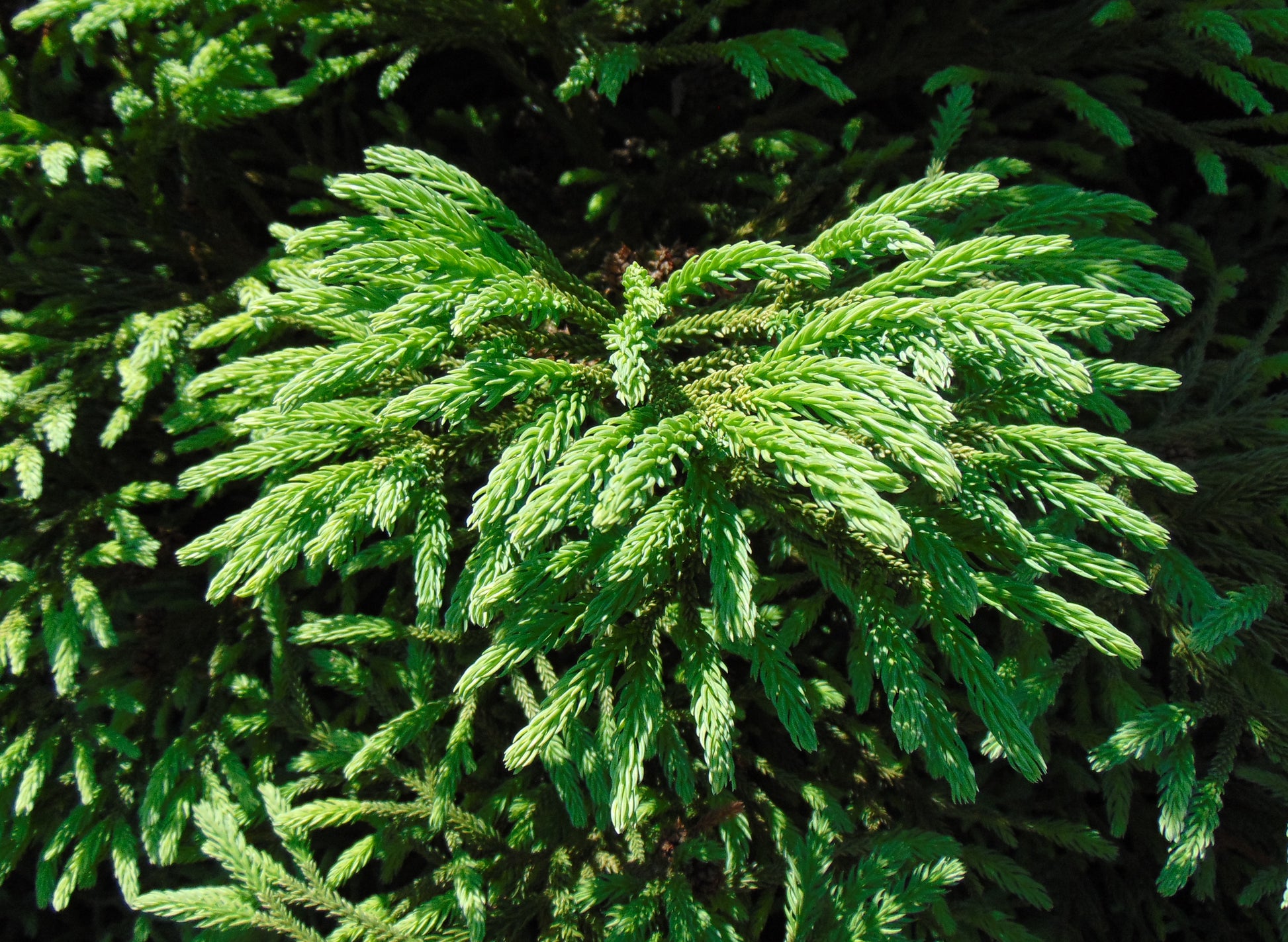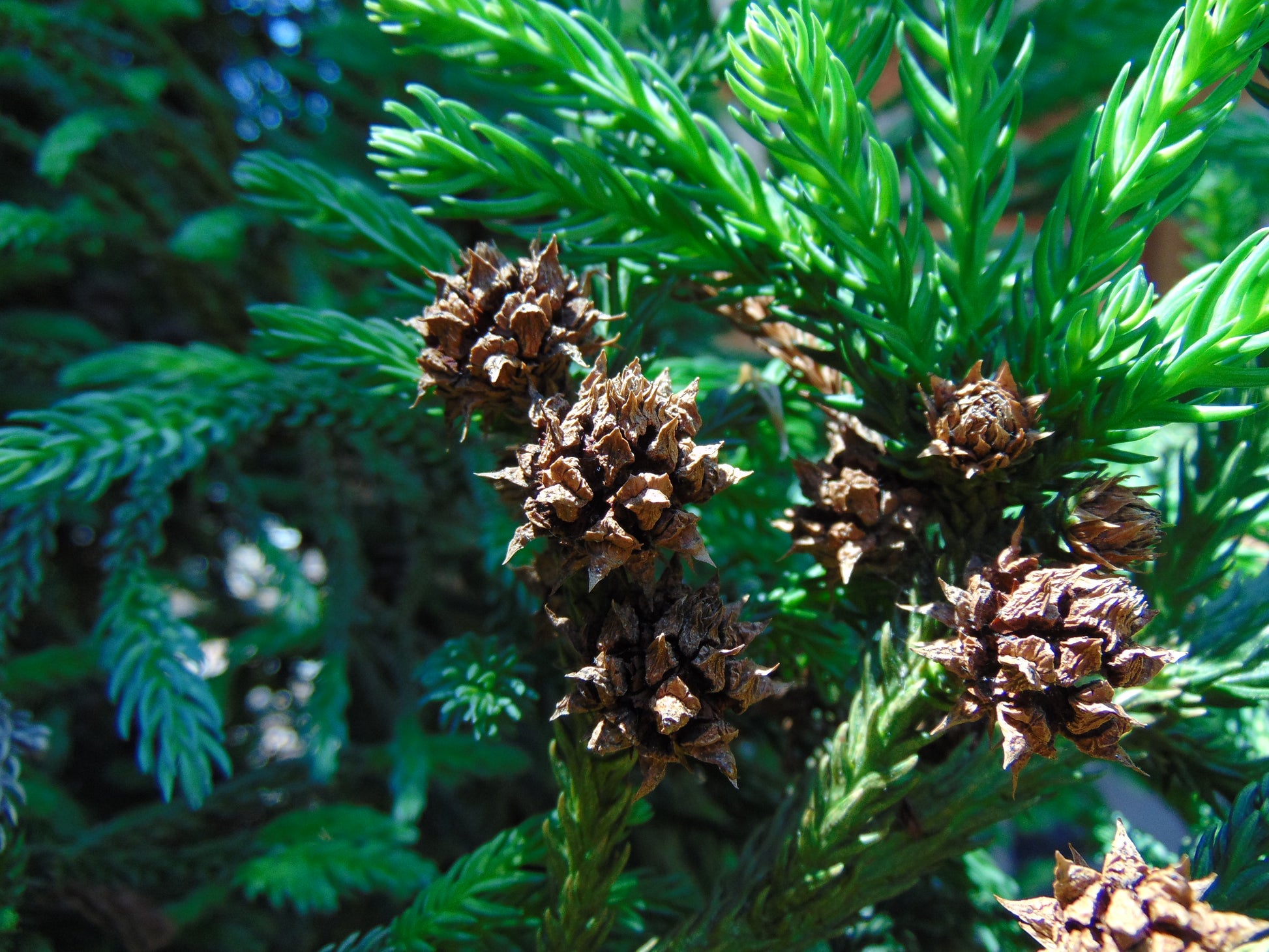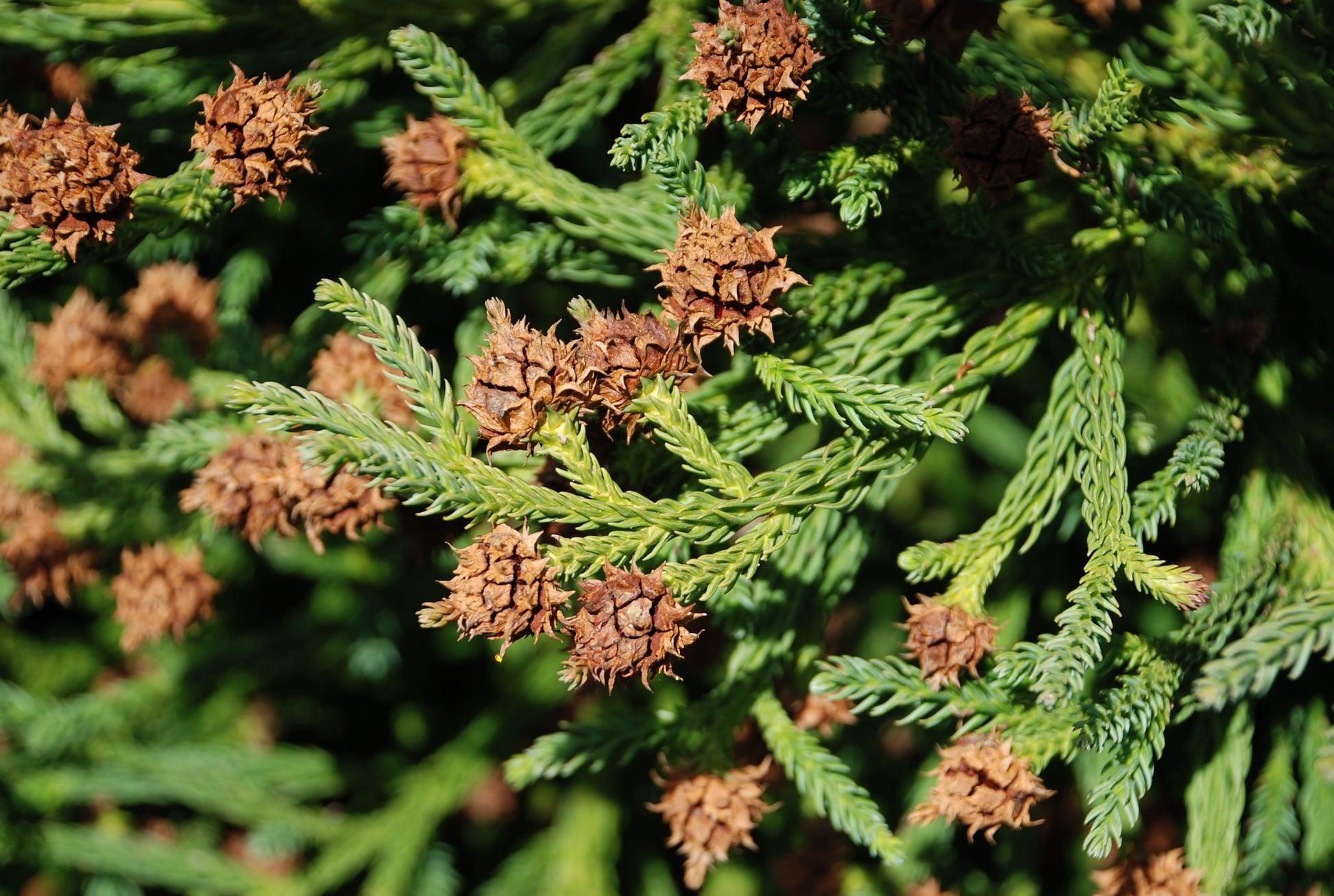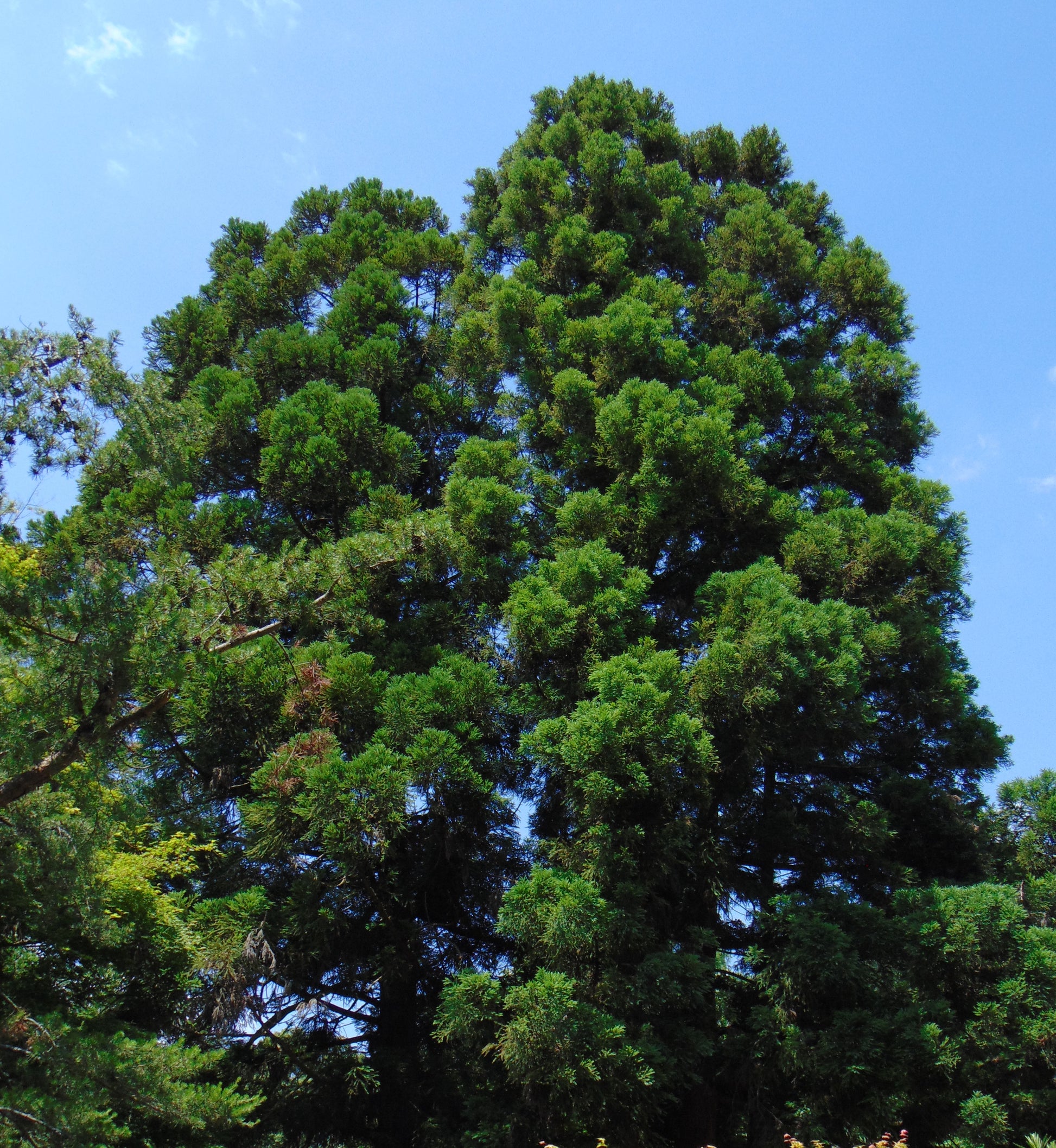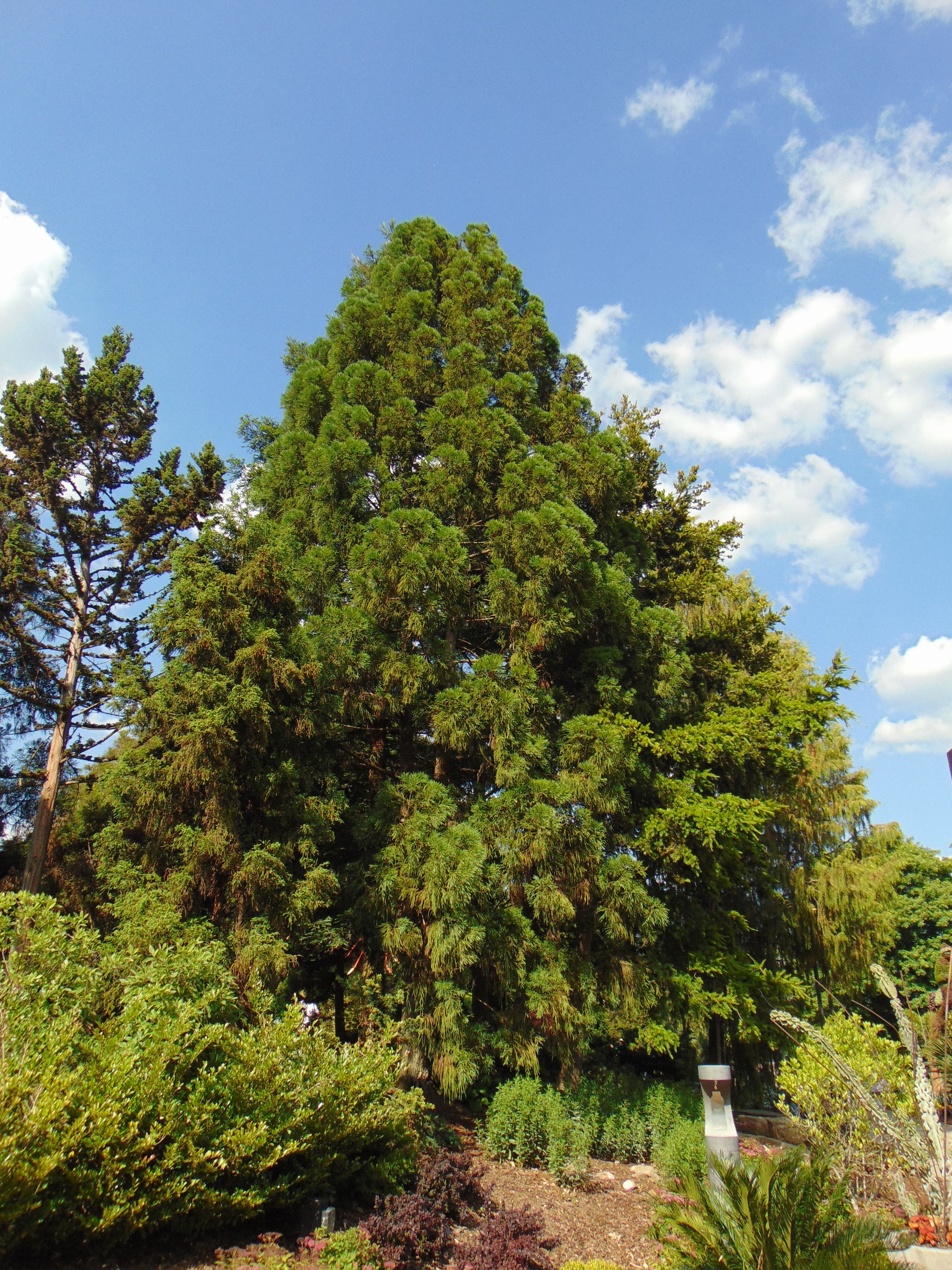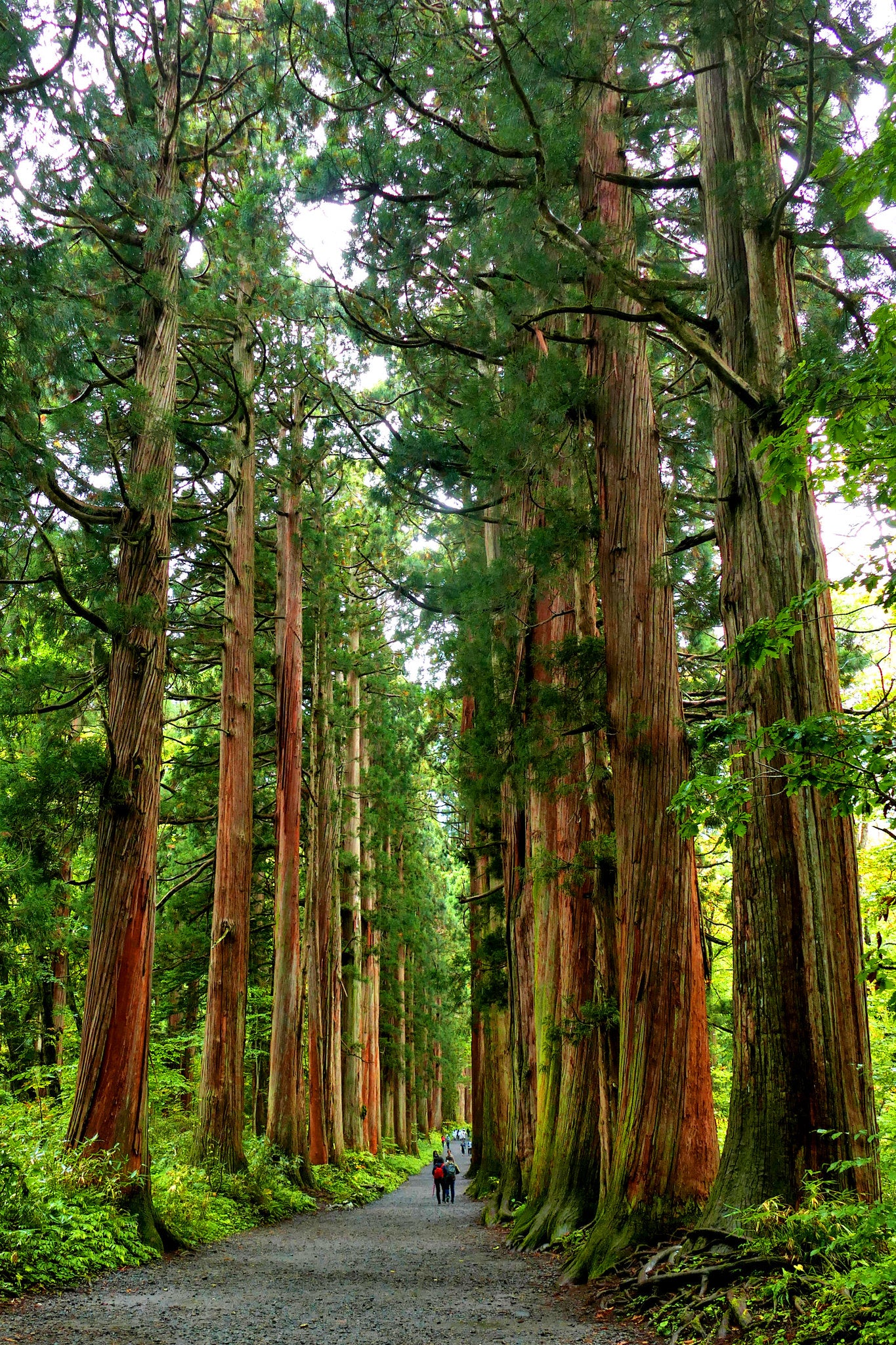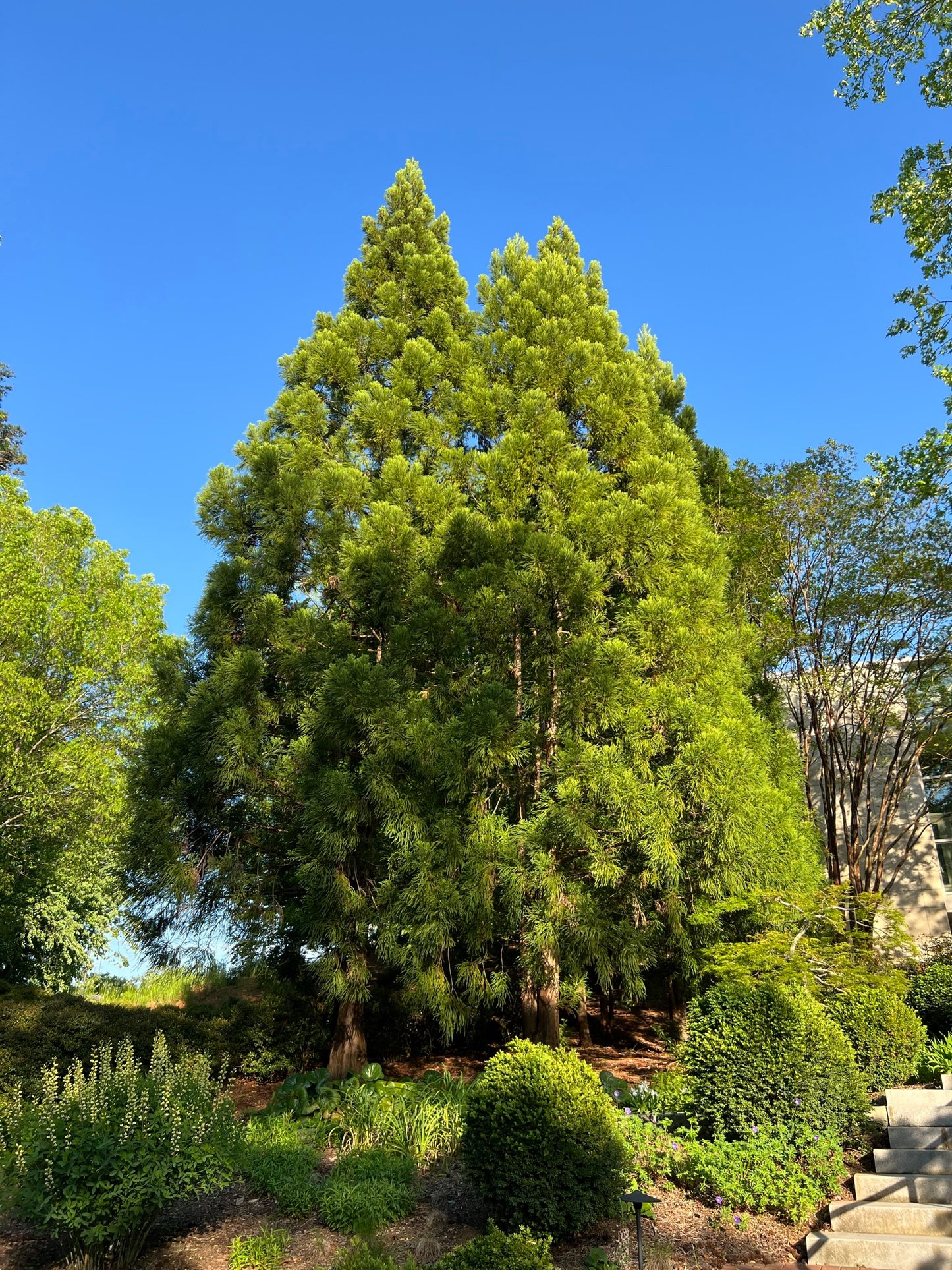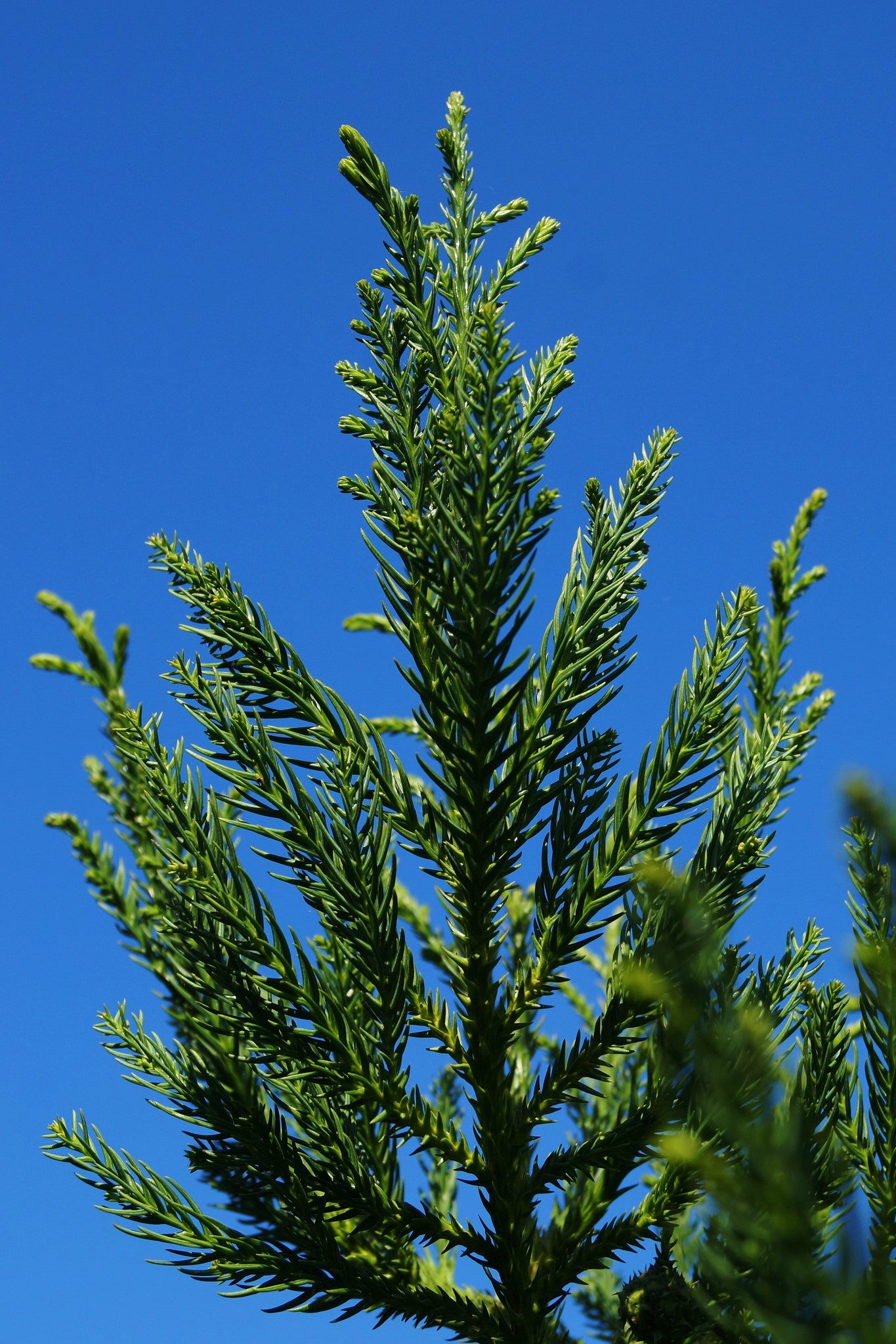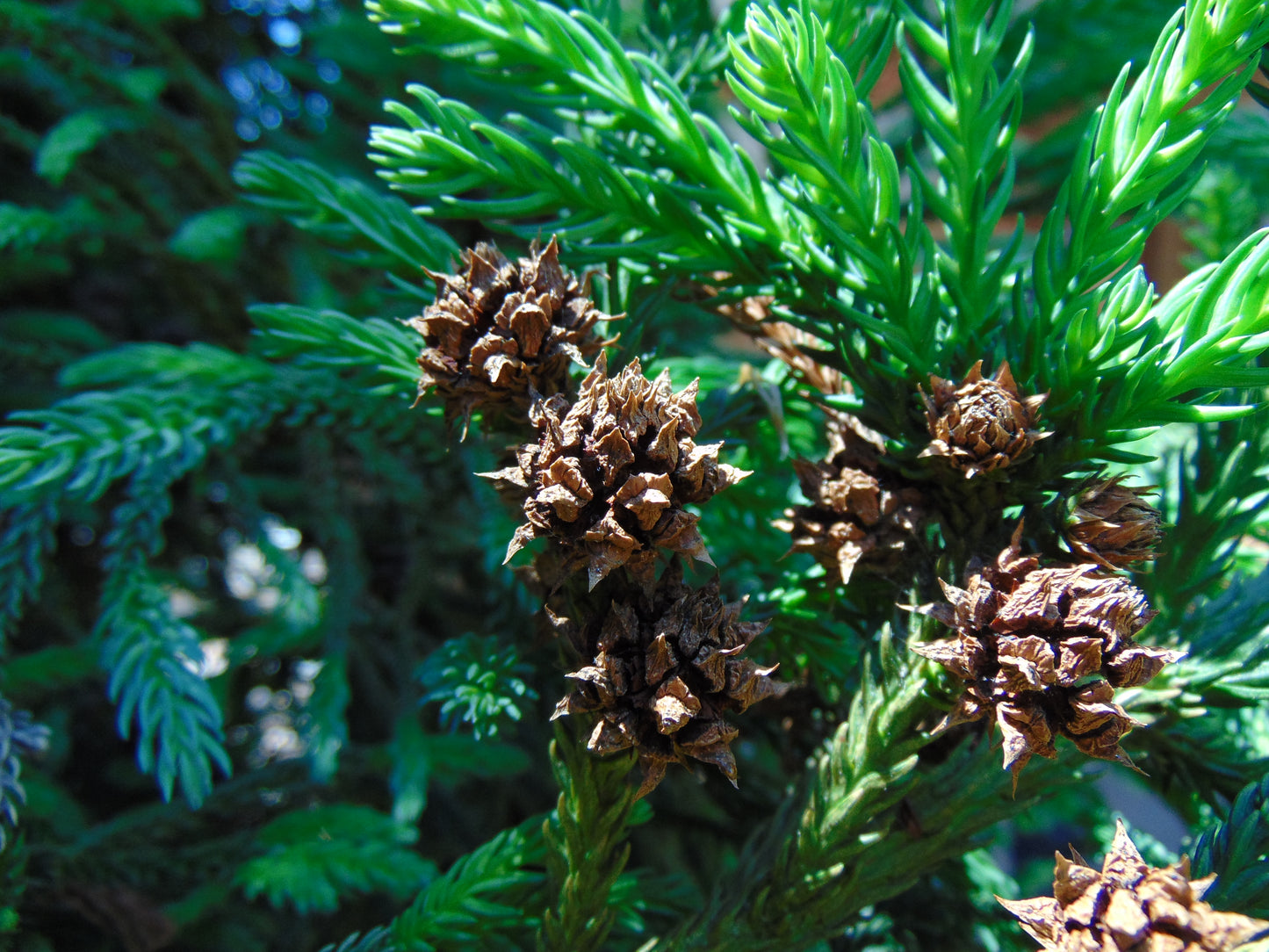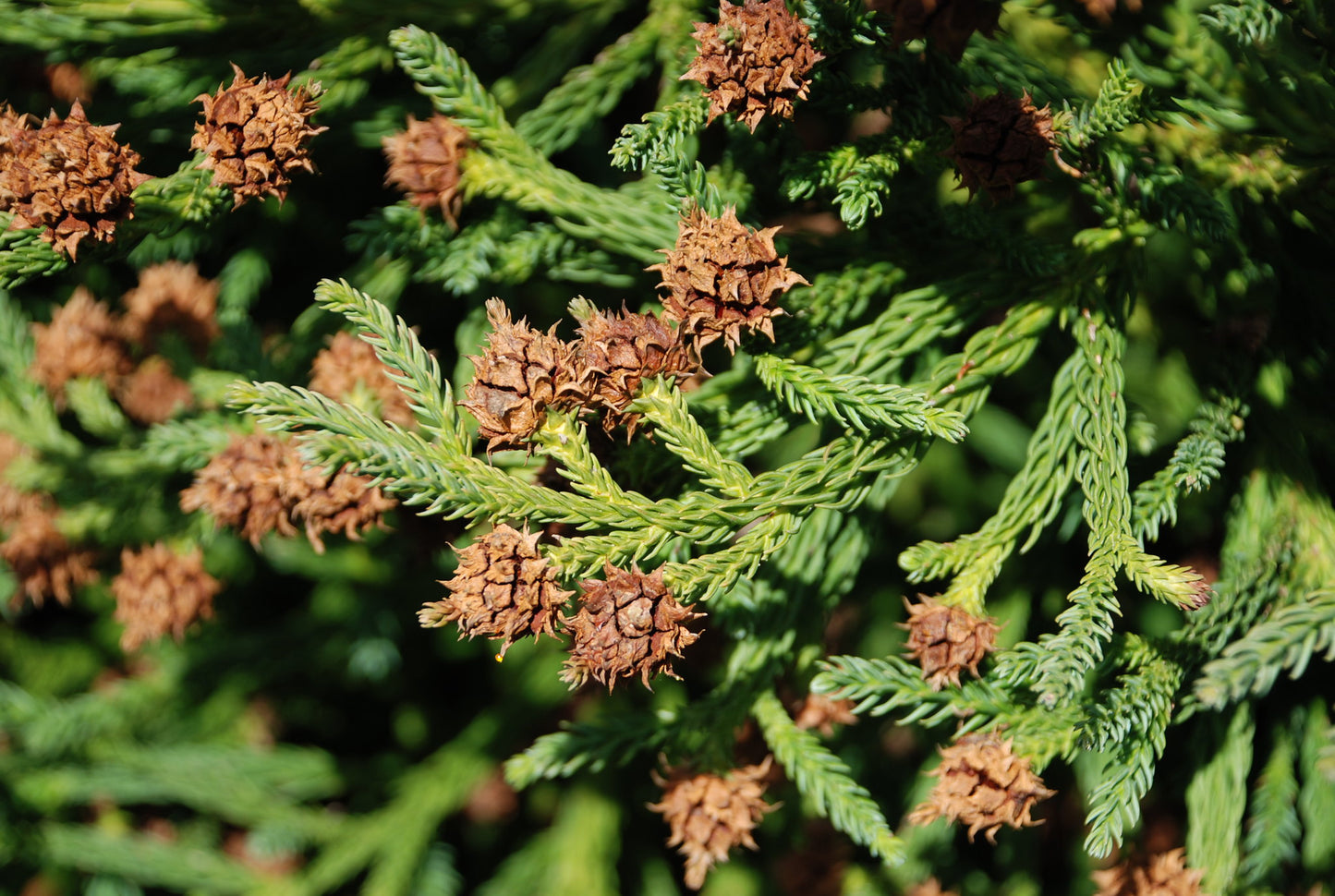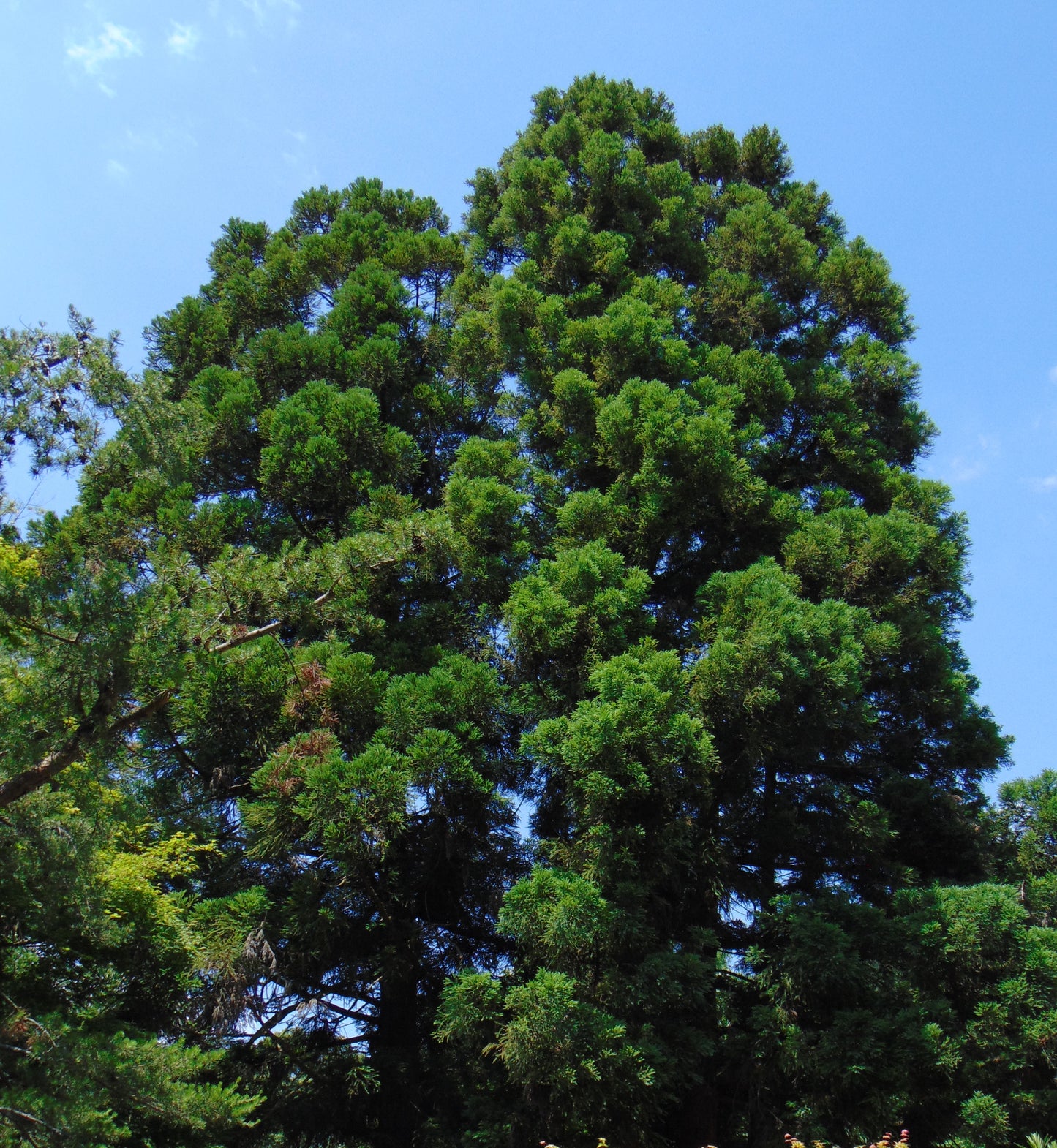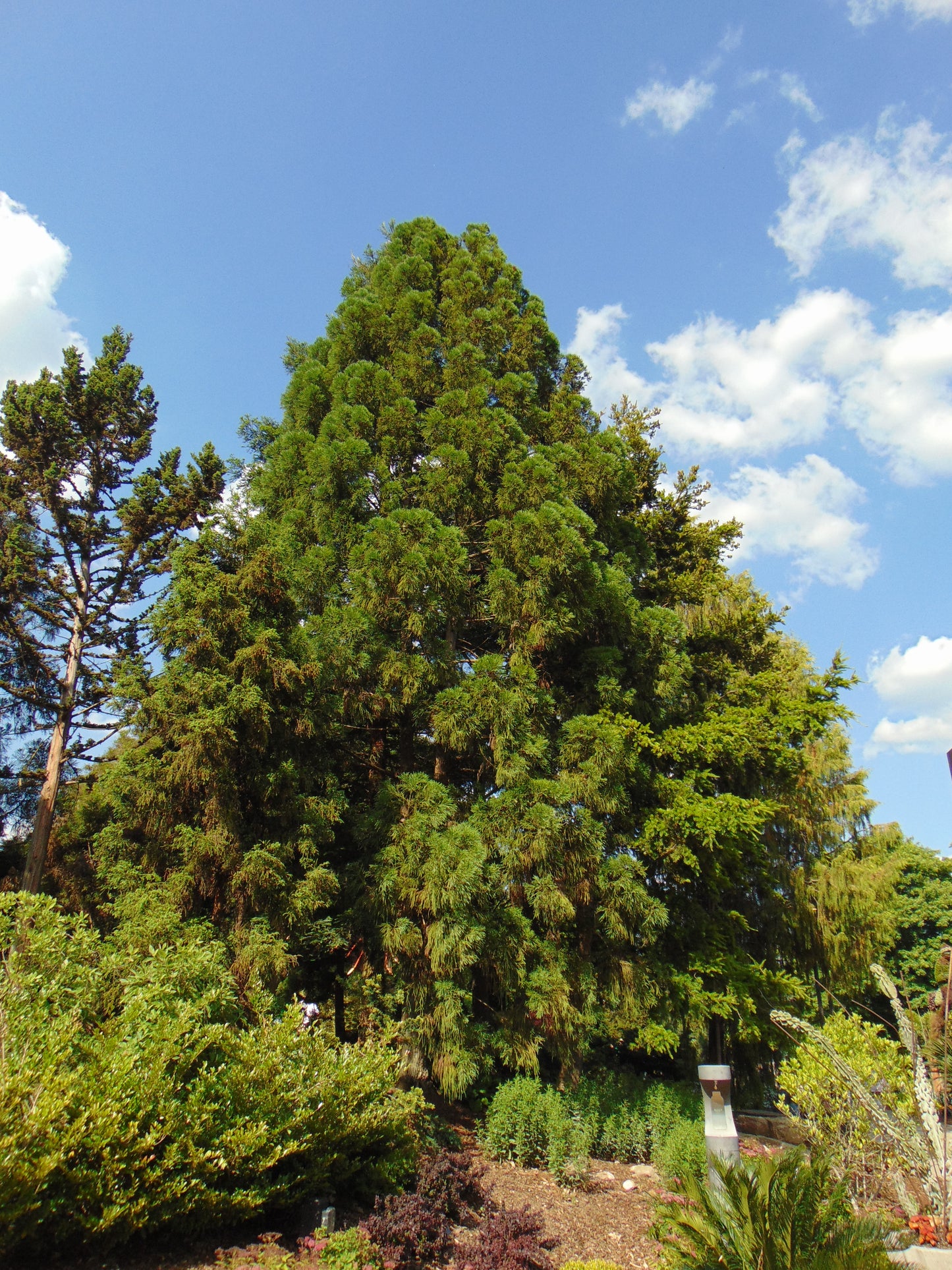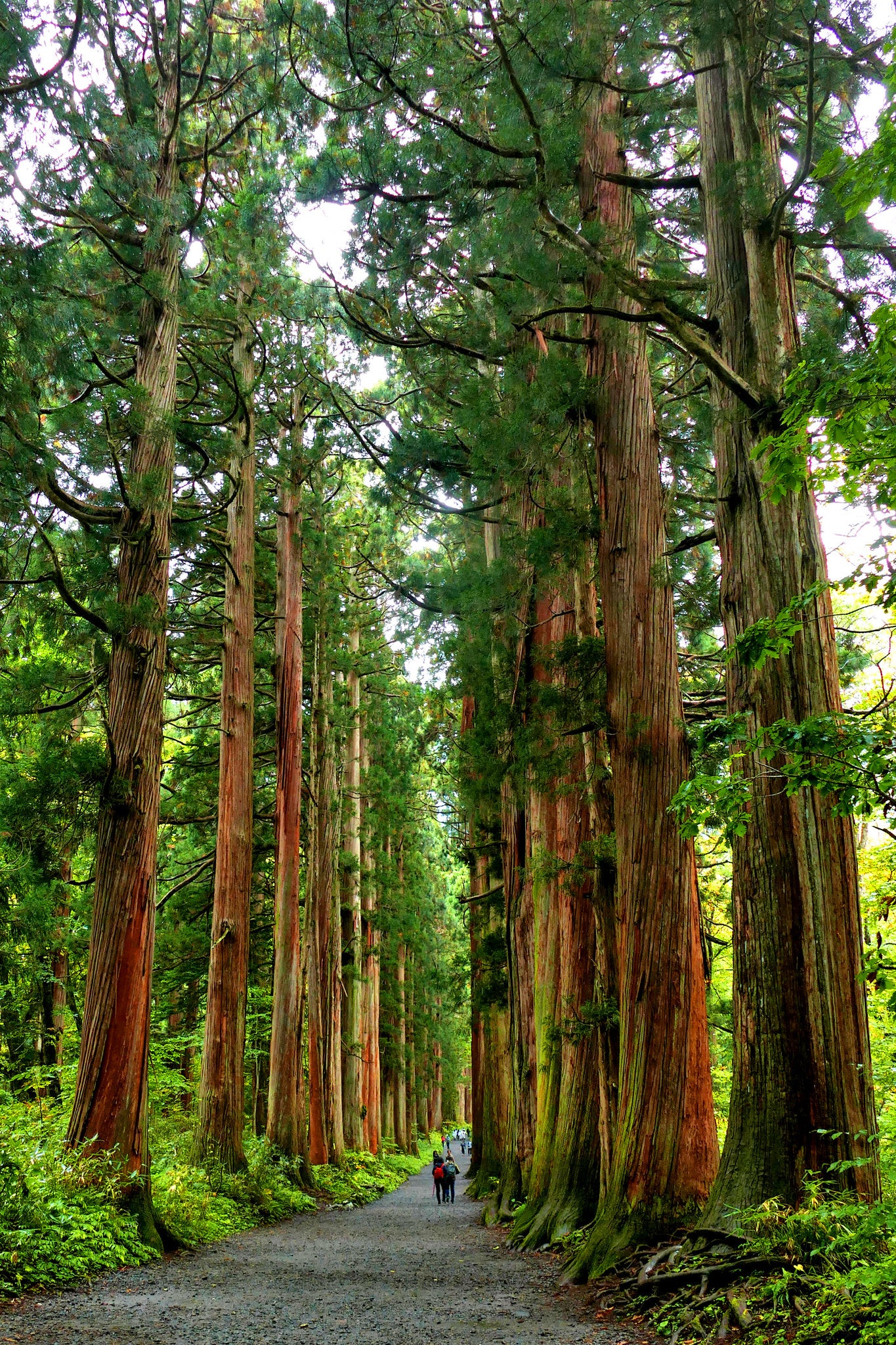Floridaseeds
Japanese Cedar Cryptomeria japonica 100 Seeds
Japanese Cedar Cryptomeria japonica 100 Seeds
Couldn't load pickup availability
Cryptomeria japonica, commonly known as Japanese cedar or Sugi in Japanese, is a large evergreen coniferous tree native to Japan. Here are some key points about Cryptomeria japonica:
Description: Japanese cedar is a tall, pyramidal tree with a straight trunk that can reach heights of over 50 meters (164 feet) in its native habitat. The bark is reddish-brown and fibrous, and the foliage consists of scale-like or needle-like leaves arranged in spirals around the stems.
Habitat: Cryptomeria japonica is native to Japan, where it is commonly found in forests and mountainous regions, particularly in the central and southern parts of the country. It prefers well-drained, acidic soils and thrives in cool, humid climates.
Cultural Significance: Japanese cedar has significant cultural and historical importance in Japan. It has been cultivated for centuries and is often associated with Shinto shrines, Buddhist temples, and traditional Japanese gardens. The wood of Cryptomeria japonica has been used in construction, furniture making, and woodworking for centuries.
Plantation Forestry: Japanese cedar is also grown extensively in plantations for timber production in Japan and other countries with suitable climates, such as China, South Korea, and New Zealand. It is valued for its straight growth, rapid growth rate, and high-quality timber, which is used for a variety of purposes, including construction, plywood, and paper production.
Ornamental Use: In addition to its economic value, Cryptomeria japonica is also cultivated as an ornamental tree in gardens and parks around the world. It is valued for its attractive foliage, graceful form, and ability to provide year-round greenery.
Environmental Benefits: Like other coniferous trees, Japanese cedar plays a role in carbon sequestration and soil stabilization. Its extensive root system helps prevent erosion, while its dense foliage provides habitat and food for wildlife. Hardy in zones 5-9.
Growing Instructions for the Japanese Cedar
The seeds have a period of dormancy. They can be planted outdoors in the fall or winter for spring germination or they can be cold stratified to simulate winter conditions and to break their dormancy at any time of the year. The seeds are stored in a refrigerator so they have already been stratified. The seeds need to be planted when received or stored in a refrigerator until they are planted. 1. The seeds like moist, well-drained soil. Fill a pot with a mixture of half potting soil and half sand or vermiculite. 2. Water the mixture so that it is moist but not wet. 3. Sow the seeds on the soil and cover them with a thin layer of soil. 4. Water the container and leave it to drain. 5. Put the pot in a warm, sunny area. 6. Water the pot regularly so that the soil is moist but not wet. The seeds take several weeks to germinate. 7. The seedlings can be transplanted when they are a few inches tall.


